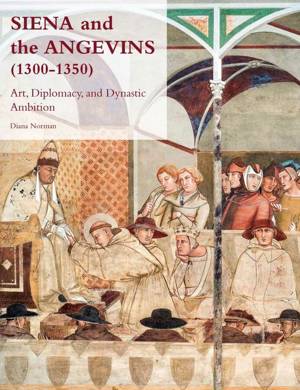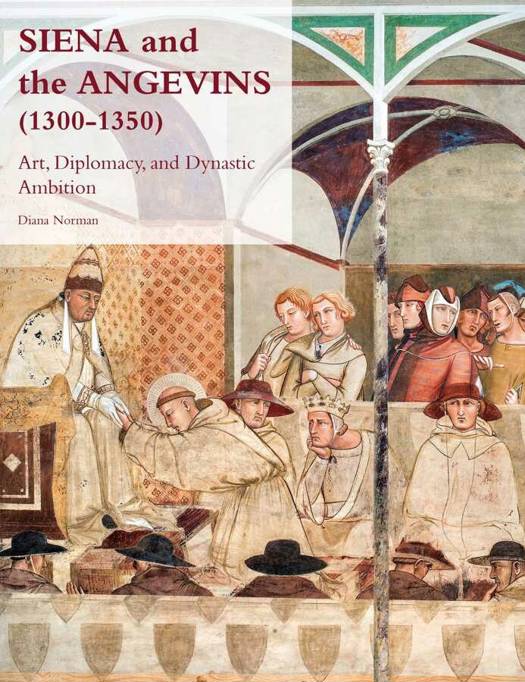
- Afhalen na 1 uur in een winkel met voorraad
- Gratis thuislevering in België vanaf € 30
- Ruim aanbod met 7 miljoen producten
- Afhalen na 1 uur in een winkel met voorraad
- Gratis thuislevering in België vanaf € 30
- Ruim aanbod met 7 miljoen producten
Zoeken
Siena and the Angevins, 1300-1350
Art, Diplomacy, and Dynastic Ambition
Diana Norman
Hardcover | Engels
€ 148,40
+ 296 punten
Omschrijving
Between 1289 and 1327 Siena witnessed a series of lavish ceremonial events marking the visits to the city of successive Angevin kings and princes, members of the French dynasty that ruled the whole of southern Italy. The reason for these magnificent civic rituals was Siena's status as a Guelph city state closely allied both to the papacy and to the kingdom of Naples. Based on extensive new research, including unpublished archival material, Diana Norman explores in detail the nature and extent of this distinctive political and diplomatic relationship and the ways in which it impacted upon the production and dissemination of Sienese art during the first half of the fourteenth century. In so doing, she demonstrates that this relationship not only informed the conception and resolution of a number of major pictorial schemes for key civic sites in Siena itself, but that it also familiarised the Angevin royal family with the quality of contemporary Sienese art. This, in turn, led to the employment of Sienese artists by the Angevins and to the production of significant images that commemorated various members of the dynasty. In this beautifully illustrated book, works of art executed by well-known fourteenth-century artists - including Simone Martini, Ambrogio Lorenzetti, and Tino di Camaino - are examined in a new light, together with other finely crafted objects produced by lesser known artists, all whom contributed to this hitherto over-looked example of late medieval cultural exchange.
Specificaties
Betrokkenen
- Auteur(s):
- Uitgeverij:
Inhoud
- Aantal bladzijden:
- 272
- Taal:
- Engels
Eigenschappen
- Productcode (EAN):
- 9782503574363
- Verschijningsdatum:
- 10/12/2018
- Uitvoering:
- Hardcover
- Formaat:
- Genaaid
- Afmetingen:
- 224 mm x 284 mm
- Gewicht:
- 1474 g

Alleen bij Standaard Boekhandel
+ 296 punten op je klantenkaart van Standaard Boekhandel
Beoordelingen
We publiceren alleen reviews die voldoen aan de voorwaarden voor reviews. Bekijk onze voorwaarden voor reviews.











